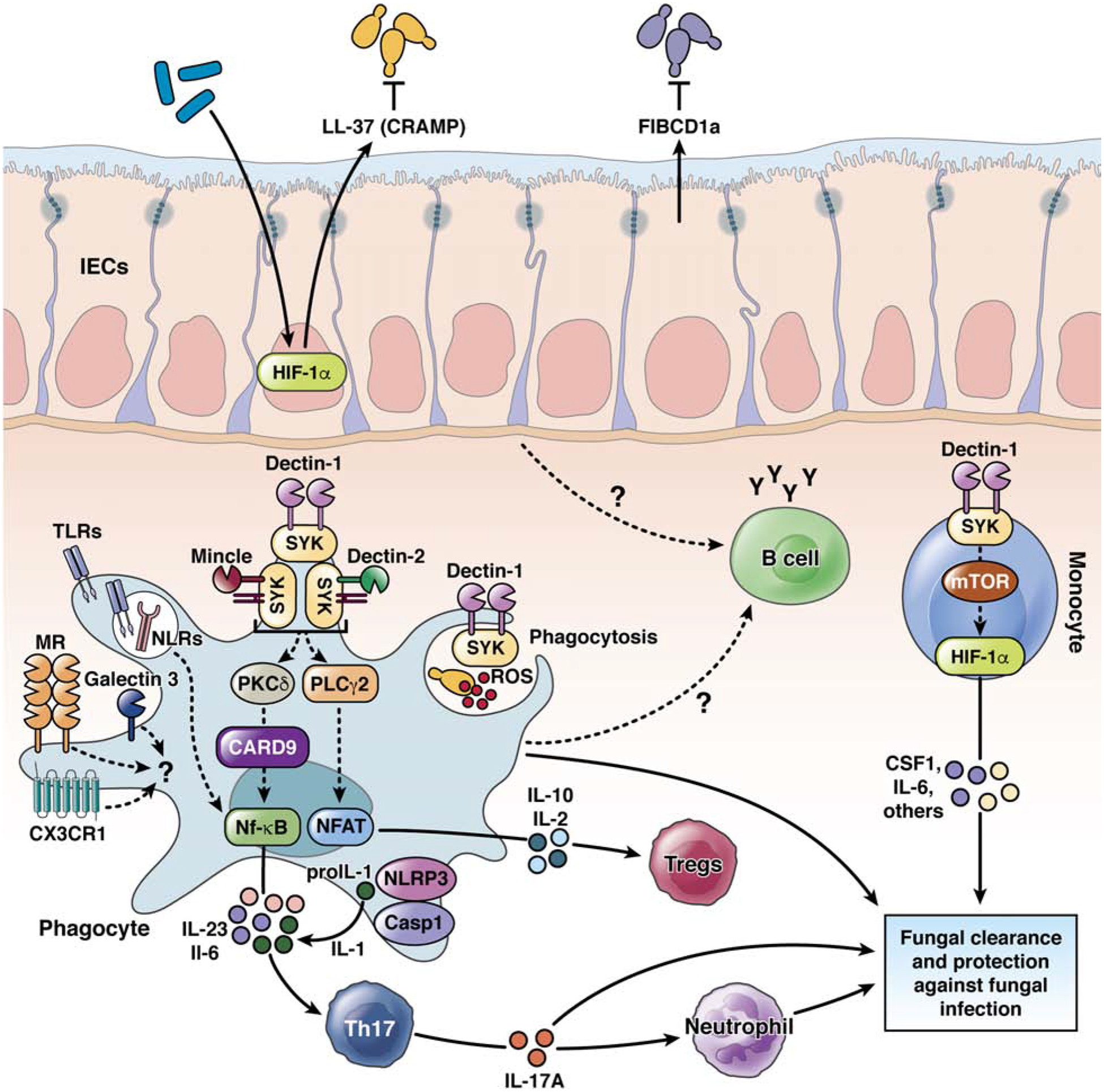Figure 2. Innate and adaptive immune responses to fungi in the gut.

At the mucosal surface of the intestines, CLRs (such as dectin 1, dectin 2, and mincle) interact with fungal cell wall components, resulting in activation of SYK. SYK activates protein kinase C delta (PKCD) to signal via CARD9 and activate nuclear factor (NF)-kB, phospholipase C gamma 2 (PLCG2) to activate NFAT, production of reactive oxygen species (ROS), or MTOR to activate hypoxia inducible factor 1 subunit alpha (HIF1A). These signaling pathways activate production of IL23, IL6, IL10, IL2, IL1 by phagocytes (macrophages, monocytes, DCs, and neutrophils) and CSF1 and IL6 by monocytes (“trained immunity”). The interaction with fungi-charged phagocytes results in the development of Th17 cells and recruitment of neutrophils to the intestinal lamina propria. Receptor-independent functions of phagocytes supports eradication of specific fungal products and cells. TLRs, NLRs, inflammasome components, and galectin 3 also recognize fungal components. These combined effects result in killing of fungi or tolerance to them and a balanced gut fungal community or disease development.
